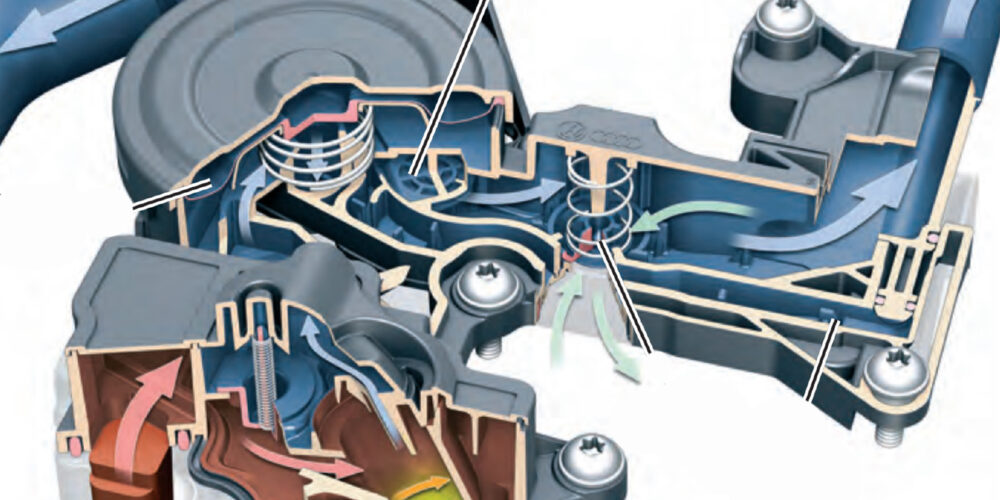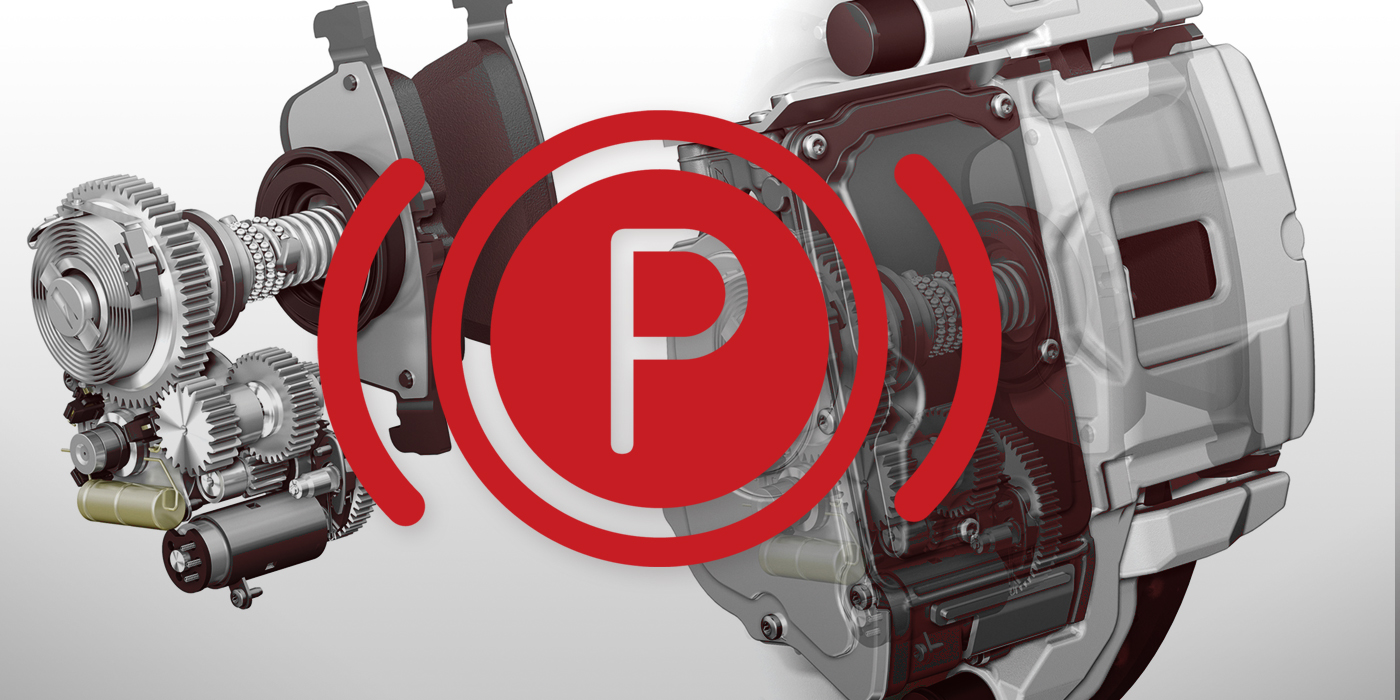Custom wheels and tires have been an automotive fashion statement since the 1970’s and today custom wheels have become automotive jewelry with 26-inch spinners on a Hummer as one of the ultimate statements. But, the hidden costs come at the price of wheel bearing life and other wheel end components.
As an undercar shop, you might install these wheel and tire packages. But, just about every shop will have to deal with consequences of these packages. So it is important be able to recognize the symptoms and understand what can, and cannot, be corrected.
Loading Zone
When the width of the rim is increased, the back spacing or offset of the wheel has to remain close to that of the original wheel to prevent problems with clearance and improper loading of the wheel bearings.
Back spacing is measured from the hub-mounting surface to the outside lip of the rim. This means that the increase in width must be offset in a positive direction to the outside of the vehicle. Back spacing also determines the centerline of the tires scrub radius.
The scrub radius center is the point where the steering axis or kingpin inclination and the centerline of the wheel meet the road surface. The scrub radius is important to handling and tire wear. Positive offset from the scrub radius center can change the way a vehicle handles. The best setup is center point steering where the center of the scrub radius is at the point of the wheel and steering axis. This offers the best stability during changes in road surface conditions. A positive offset to the scrub radius center can cause an input to the steering (kickback) during changes in the road surface. This is caused by the area of the tire that is outside of the scrub radius generating a torsional input to the steering axis. Tire wear is also affected by offset. The area of the tire outside the scrub radius will have a tendency to wear at a faster rate on a steering axle than the rest of the tire.
Positive offset can have another affect on the suspension. Positive offset can change the loading on the wheel bearings. The offset moves the loading from the inner bearing to the outer bearing. It also increases the torsional load on the bearing. A large change in offset can cause a bearing failure. This is true for both front- and rear-wheel applications.
A large diameter, cast aluminum wheel can weigh more than the stamped steel wheel that it is replacing. The tire can also weigh more. Add in the spinners and it can significantly contribute to the unsprung weight of the vehicle which can have an effect on the braking and handling.
Tires
The tire is a major component of the suspension. Sidewall and tread flex work the same as a spring and shock absorber. When a vehicle encounters a change in road surface (a bump) the tire is the first to react. The sidewall and tread flex to absorb the shock. The amount of sidewall flex is directly related to the aspect ratio of the tire and, in some cases, the construction of the tire.
OEMs tune tires, wheels and suspensions as one system. Altering the equation dramatically with certain extreme plus-size wheels can compromise the performance of the vehicle in a number of ways. In essence, you are changing the spring rate by changing the measurements of the tire.
The tire’s aspect ratio is the relationship of the width to its height. The width is measured in millimeters. The number 195 is the width from sidewall to sidewall, which would be about 7 and 11/16ths inches. The number 65 is the percentage of the width that is the height of the tire from the bead to the tread. There is more sidewall on the 195/65/14 tire than the 205/55/15 tire.
This reduction in sidewall could mean less flex and a reduction of its ability to absorb impact. Since the impact is no longer being partially absorbed by the tire’s sidewall, it is transferred to wheel end components like the wheel bearings, and ultimately the driver.
Another aspect to consider when either selling a plus-size wheel and tire package, or when trying to diagnose a problem with ABS or speedometer error, is maintaining the correct overall diameter by +/- 3 percent.
By changing the aspect ratio of the tire, the rim diameter can be increased while maintaining the original diameter of the wheel and tire assembly. The profile of the tire has to become smaller by decreasing the percentage number of the aspect ratio.
When you are reducing the height of the sidewall, you are replacing it with rim. The rim has considerably more mass than the original tire that once occupied the space.
This additional weight placed further from the rotating axis can affect the handling and braking capabilities of the vehicle.
If a customer complains of increased braking distance, a brake upgrade that increases the diameter of the rotor might be the remedy. The large diameter rotor has a better mechanical lever advantage and a greater swept area for the pads to contact the rotor.
Also, the increased mass of the wheel affects unsprung weight (weight not supported by the springs). This means that there will be more inertia that has to be dampened by the shocks. If a vehicle’s dampeners are worn, the additional weight could further amplify existing negative handling characteristics. So when you upgrade the wheels, it might be beneficial to upgrade the shocks and struts.
Conclusion
It is more than just changing the wheels and tires. Let’s take a look at the big picture and produce the best results.
Maintain the same diameter of wheel and tire assembly as the original equipment. If the customer wants a 24-inch rim and the original tire diameter is 25 inches, means you are going to have to find long-wearing rubber bands for tires.
Keep the offset to a minimum. If the customer wants 10-inch wide rims and you are replacing 6-inch rims, you are going to have to find some extra heavy-duty wheel bearings and rotate the tires often.
Consider a change for the springs and shocks. Your customer may be having a mid-life crisis and return complaining of loose fillings.
Your customers safety and your liability / credibility depends on not jeopardizing the original design and engineering of the vehicle. The engineer who designed the suspension had to consider hundreds of factors that affect the handling, braking, safety and crash worthiness of the entire vehicle. It is all one package and changing the bow can change how everything goes together. If the manufacturer offers wheel and tire options, use them as a guideline for your recommendations to the customer.













